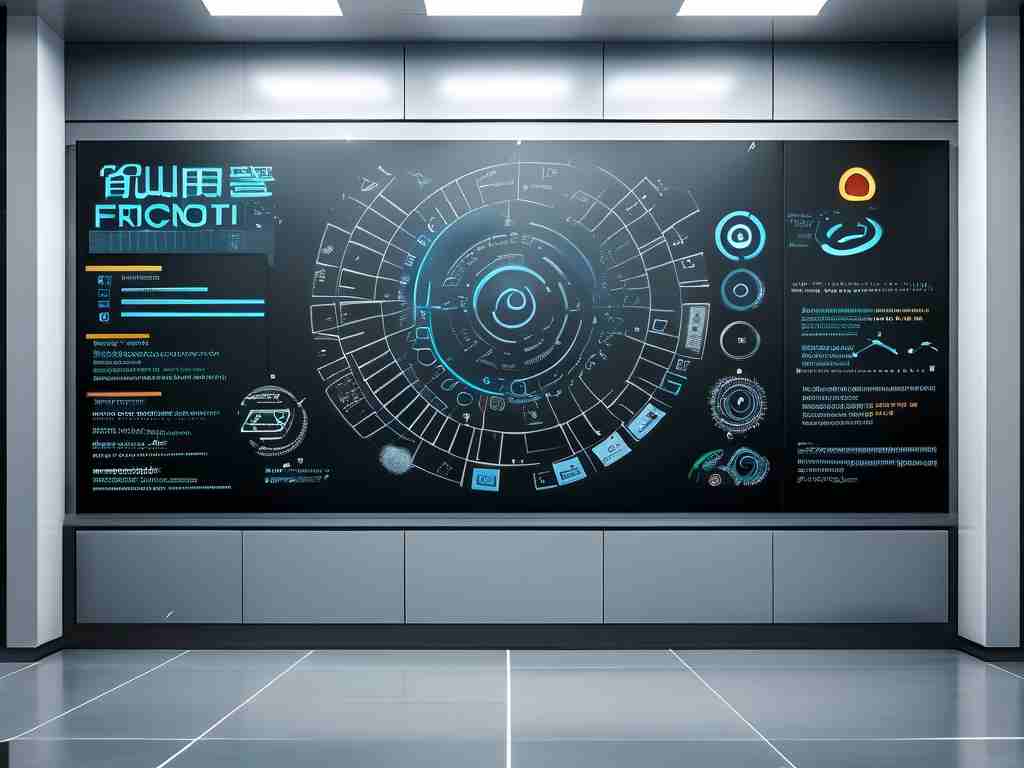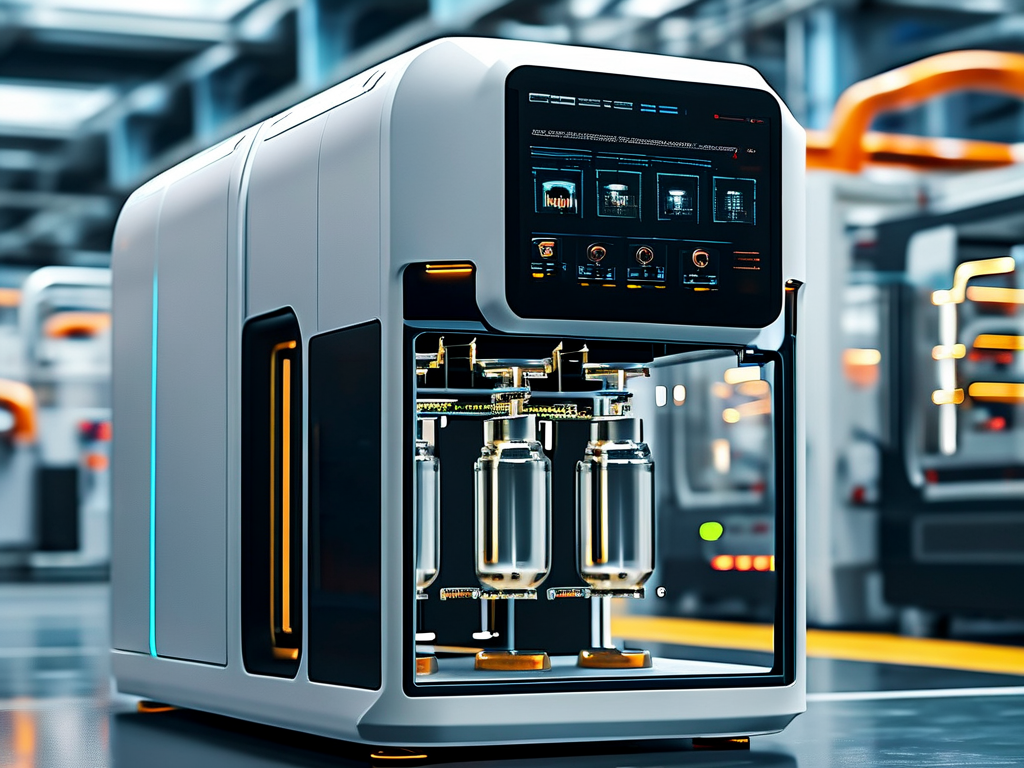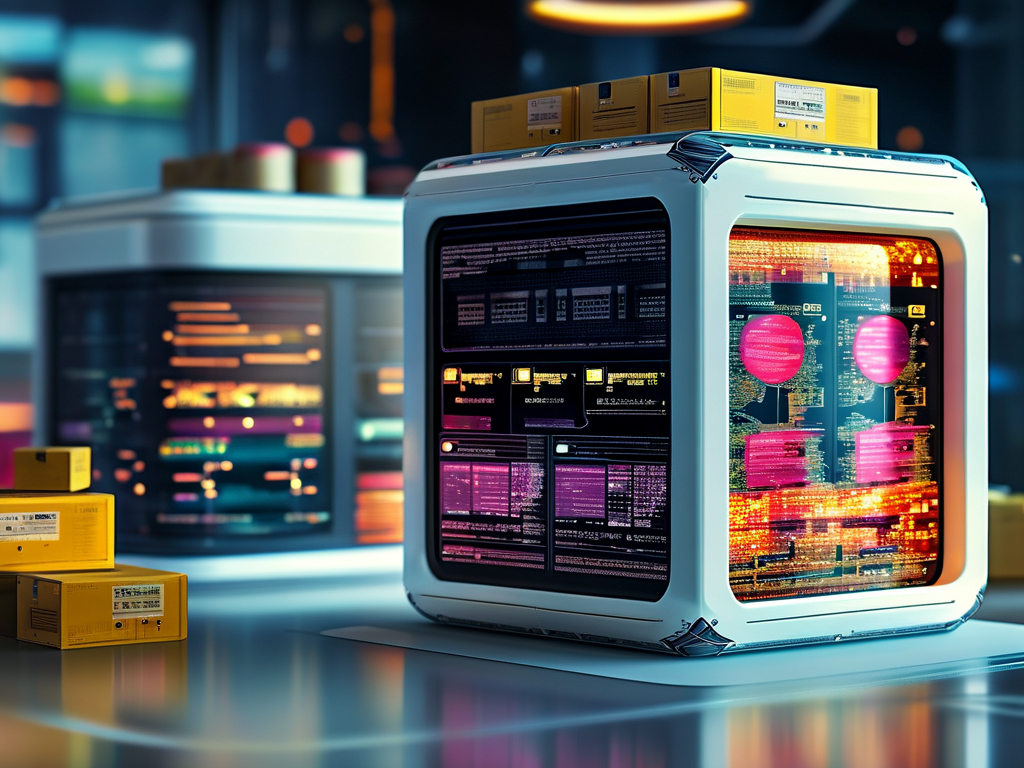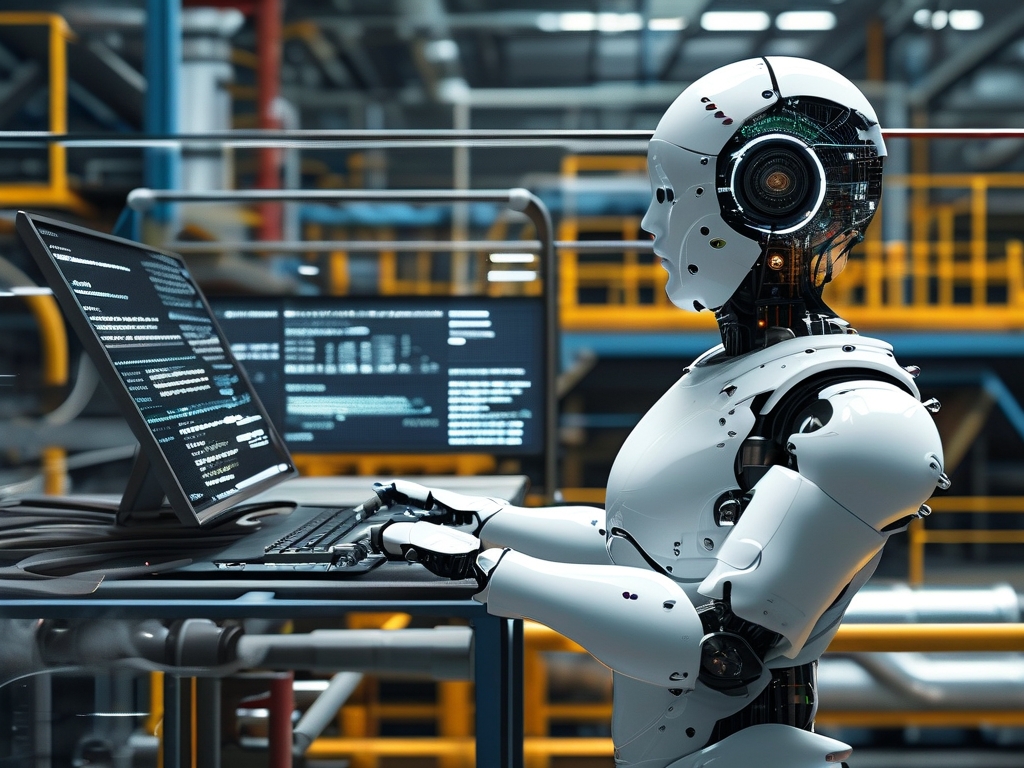Artificial intelligence systems rely heavily on optimization algorithms to achieve peak performance across various tasks. These mathematical frameworks enable machines to learn patterns, make decisions, and refine processes through iterative improvements. Understanding the mechanisms behind these algorithms provides insight into how modern AI models overcome complex challenges.

One fundamental approach is Gradient Descent, which operates by minimizing loss functions through parameter adjustments. The basic formula involves calculating derivatives to determine the steepest descent direction:
theta = theta - learning_rate * gradient
Variants like Stochastic Gradient Descent (SGD) introduce randomness by using data subsets, reducing computational load while maintaining convergence capabilities. Momentum-based extensions address oscillation issues in traditional implementations by incorporating velocity terms from previous updates.
Adam Optimization has gained prominence for combining adaptive learning rates with momentum concepts. This hybrid method dynamically adjusts parameters based on gradient history, making it particularly effective for training deep neural networks. The algorithm maintains separate estimates for first and second moments of gradients:
m = beta1 * m + (1 - beta1) * gradient v = beta2 * v + (1 - beta2) * gradient**2 theta = theta - learning_rate * m / (sqrt(v) + epsilon)
Research indicates Adam outperforms standalone SGD in scenarios with sparse gradients or noisy data.
Evolutionary algorithms represent another paradigm inspired by biological processes. Genetic Algorithms employ selection, crossover, and mutation operations to evolve solutions over generations. These population-based methods excel in optimization landscapes with multiple local minima where gradient-based approaches might stagnate. A typical implementation involves fitness evaluation and chromosome recombination:
population = initialize_population()
for generation in range(max_generations):
fitness = evaluate(population)
parents = select_parents(population, fitness)
offspring = crossover(parents)
population = mutate(offspring)
Particle Swarm Optimization (PSO) mimics collective intelligence observed in bird flocks or fish schools. Each particle adjusts its trajectory based on personal best positions and swarm-level information. The velocity update equation demonstrates this social learning aspect:
velocity = inertia * velocity + cognitive * (pbest - position) + social * (gbest - position) position = position + velocity
This approach proves valuable in robotics path planning and electromagnetic design optimization.
Reinforcement learning introduces specialized optimization through Q-Learning and Policy Gradient methods. These techniques balance exploration and exploitation to maximize cumulative rewards in decision-making environments. Temporal Difference learning updates exemplify how agents refine value estimates incrementally:
q_table[state, action] = q_table[state, action] + alpha * (reward + gamma * max_next_q - q_table[state, action])
Despite their effectiveness, optimization algorithms face challenges including hyperparameter sensitivity and computational intensity. Adaptive methods like Bayesian Optimization address these issues by modeling objective functions probabilistically, enabling efficient hyperparameter tuning through acquisition functions.
Recent advancements explore quantum-inspired optimization and neuroevolution techniques. Hybrid models combining gradient-based and evolutionary strategies show promise in tackling non-differentiable objectives. As AI applications expand into areas like drug discovery and climate modeling, the demand for robust optimization frameworks continues to grow.
Practical implementation requires careful consideration of problem constraints and hardware limitations. Distributed optimization methods leverage parallel computing architectures to accelerate large-scale model training. Engineers must also address convergence guarantees and solution quality metrics when selecting appropriate algorithms.
The future of AI optimization lies in developing context-aware algorithms that automatically adapt to problem characteristics. Meta-learning approaches that optimize the optimization process itself represent an exciting frontier. These innovations will further enhance AI's capability to solve real-world challenges efficiently.








